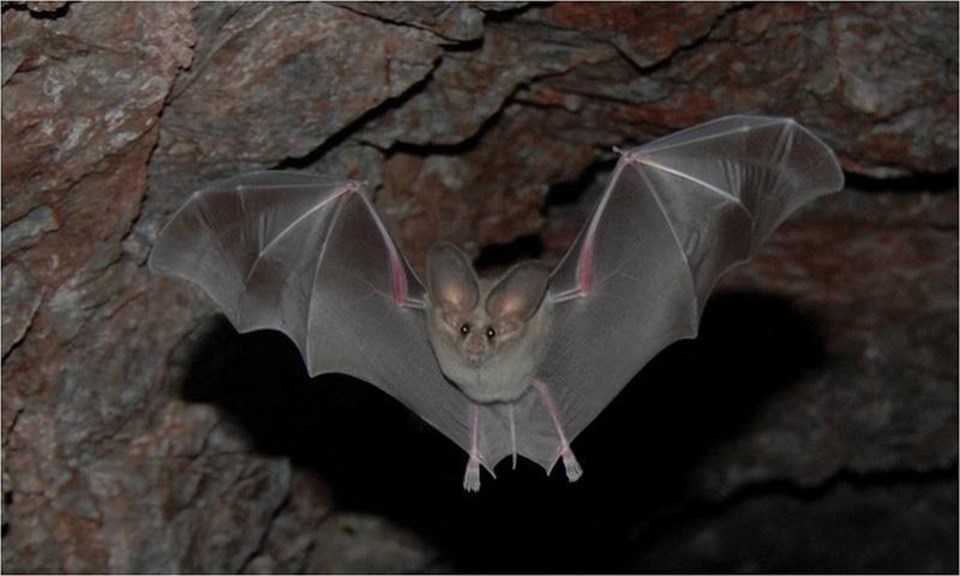
NPS
Bats live all over the world—in caves and trees, under bridges, and in mines and other structures.
There are more than 1,300 species of bats worldwide, making them the most diverse group of mammals aside from rodents. More than 50 unique species of bats live in national parks. Some bat species stick around throughout the year and go into hibernation to save precious, limited energy stores. This strategy allows them to survive the winter when insects aren't available. Other species of bats migrate long distances to avoid harsh winters. In milder climates, such as the temperate or tropic regions, bats have plenty of prey throughout the year and will stay year-round.
Bats use a diverse range of habitats throughout the year. During summer evenings, small insectivorous (insect-eating) bats look for food near open water, such as ponds or streams. Trees, caves, mines, talus slopes, and rock crevices provide important shelter for bats to rest (or "roost"), safe from predators, during hot summer days. Some species of bats huddle into these secluded and safe locations to hibernate over winter (then it's called a bat hibernaculum) or come together to raise young in the spring and summer (then it's called a maternity colony).
Last updated: October 17, 2024
